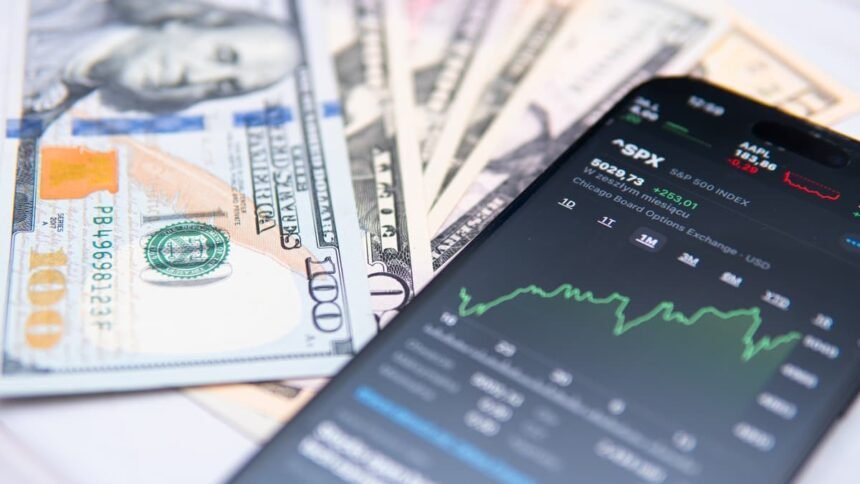The SPDR S&P 500 ETF Trust (SPY) is one of the most widely traded and closely monitored exchange-traded funds (ETFs). By tracking the performance of the S&P 500 index, SPY provides investors with broad exposure to the largest and most influential U.S. publicly traded companies. As we approach 2026 and beyond, investors are eager to understand what lies ahead for SPY’s price trajectory. This article provides a comprehensive forecast for SPY, highlighting key influences such as economic factors, SPY futures, and market trends to help investors make informed decisions.
Understanding SPY and Its Price Dynamics
SPY serves as a proxy for the U.S. large-cap equity market, making its price a barometer of overall investor sentiment regarding economic growth, corporate earnings, and market risk. The price of SPY fluctuates based on the combined performance of the 500 underlying stocks it represents, alongside supply and demand forces in the market.
The ETF benefits from robust liquidity, with daily average trading volumes often exceeding 70 million shares, ensuring efficient execution and minimal spreads.
SPY Price Forecast for 2026 and Beyond
Price forecasts for SPY vary depending on assumptions about economic growth, interest rates, inflation, and geopolitical developments.
According to projections from financial analytics platforms, the average forecasted price for SPY in 2026 ranges from $662.95 to $750, with some sources projecting it could reach $791 or higher, depending on market conditions.
Long-term forecasts remain optimistic, suggesting SPY could move toward $800 and beyond in the late 2020s as economic fundamentals and corporate earnings growth strengthen.
Monthly price estimates for 2026 indicate gradual appreciation with slight fluctuations, reflecting anticipated economic cycles and geopolitical risks.
Role of SPY Futures in Price Forecasting and Volatility
SPY futures, traded nearly 24 hours per day on exchanges such as the CME, play a crucial role in price discovery and volatility management. Futures markets allow traders to hedge exposure or speculate ahead of SPY’s regular trading session, often signaling price direction at market open.
The leverage permitted in futures trading can amplify short-term volatility while also improving market liquidity.
Economic and Market Factors Driving SPY Price
SPY’s price movements are influenced by several key factors:
-
Corporate Earnings: Continued earnings growth among S&P 500 companies drives long-term price appreciation.
-
Federal Reserve Policy: Interest rate decisions can tighten or loosen liquidity, affecting valuation multiples.
-
Inflation and Economic Data: Persistent inflation or economic slowdowns create uncertainty, while strong macroeconomic indicators support higher valuations.
-
Geopolitical Stability: Trade relations, policy changes, and global tensions shape investor risk appetite.
Tactical Considerations for Investors
Given the forecasted price range and expected volatility, investors should consider:
-
Diversifying portfolios to hedge against unforeseen downturns.
-
Utilizing SPY futures or options for tactical positioning or risk management.
-
Monitoring key technical levels, such as moving averages and support/resistance bands.
Conclusion
The SPY ETF remains a critical instrument for tracking the U.S. equity market. Forecasts for SPY’s 2026 price indicate modest to strong growth, accompanied by short-term volatility influenced by economic and geopolitical factors. SPY futures continue to play a key role in price discovery, providing valuable signals for investors.
For more authoritative insights on SPY and its market outlook, visit Investopedia’s comprehensive guide: Investopedia – SPY ETF.









